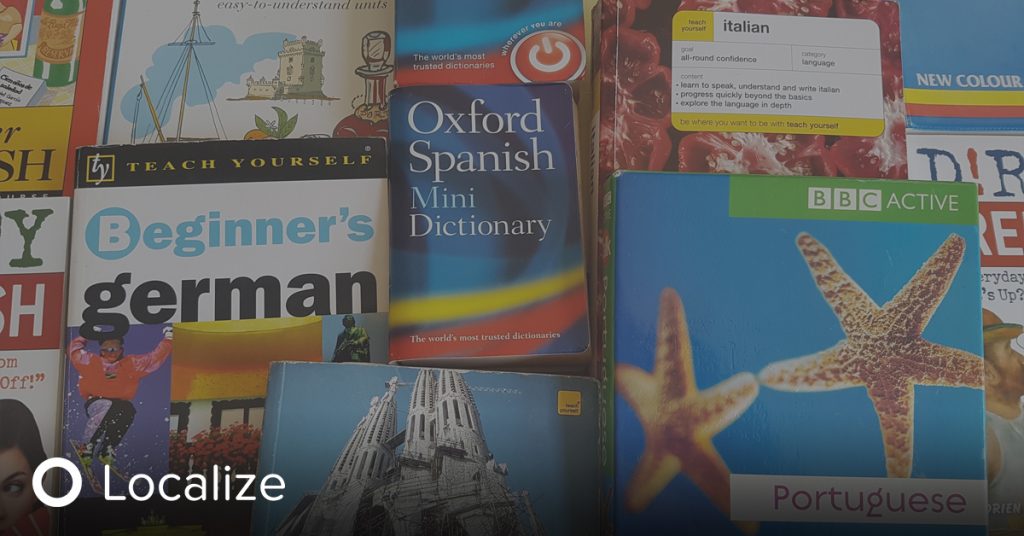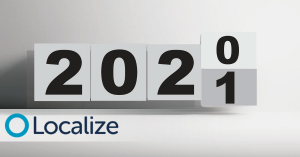Language is what we use to communicate with one another. It’s a big part of how we perceive and interpret the world around us. Language carries our thoughts, ideas, and perspectives of the environment we live in.
The meaning behind our language has a lot to do with where and when we interact. To put it simply, context matters. When we say we’re going to run a race or run a car, we mean two completely different things with different objectives. And when we’re translating words into different languages, things can get even more complicated.
Just how important is translation context? Let’s find out!
The Relationship Between Translation and Context
Translation is the process of interpreting the meaning of words from one language into another. Generally, a human translator or machine translation tool examines the source text and interprets it word-for-word into a target language. For example, Google Translate gives a literal translation of “run” from English to Spanish: “correr.”
This is technically correct, but something’s missing: translation context. The entirety of a sentence provides helpful clues about a word’s meaning. Ignoring context is a fatal error that many businesses make when executing their localization strategies. Localization must go beyond just words to ensure that your translated text resonates with different cultures and contexts.
When we say context, what we mean is that a word or sentence cannot be interpreted without considering the environment in which it is said. An effective translation process starts with analyzing the background of the source text, and understanding the possible impact on the target culture.
Translation proves to be valuable and accurate only when it is done in the right context. The success of your localization project depends on this.
Important Context for Translation
Paying close attention to context will help you achieve the best translation quality. There are a few types of context that are important for your translation project:
Linguistic Context
Linguistic context looks at the linguistic factors that determine the meaning of a phrase or sentence. No word is written or uttered in isolation. Words interact with each other to form a larger piece of text. This interaction is what results in the overall meaning of a word or sentence.
Examples:
- We can go back to the example of the word “run” to illustrate linguistic context. Saying “I run marathons” and “I run a business” changes the meaning of the word “run” in both sentences. The context of the sentence will affect the translation.
- The word “pupil” has dual meanings: it can be a student or a part of an eye. The linguistic context of the sentence will let us know which meaning is appropriate.
Situational Context
Then we have situational context, where circumstances and situations determine the meaning of a word or phrase. Situational context is sometimes harder to notice.
Examples:
- Tone of voice or facial expressions can change the meaning of a spoken word. Or, in a written example, emoji can change the meaning of a sentence to indicate a sarcastic tone like:
“My diet is going really well. 🙃” - Consider the audience of your target text. Are you translating for a region like Germany where formal address like “Sie” is more appropriate than “du”? Or, are you speaking in a more informal country like the US where slang is more acceptable?
- Tone of voice or facial expressions can change the meaning of a spoken word. Or, in a written example, emoji can change the meaning of a sentence to indicate a sarcastic tone like:
Cultural Context
On a larger level, the political, social, and economic factors influencing the environment can also play a role in altering meanings. Similarly, cultural ideologies, value systems, and other conventions can have an impact too. Translations need to be understandable and culturally appropriate for the target audience.
Examples:
- Locales that share a language won’t always have the same cultural references. We can’t assume that French idioms or slang will be understandable in both France and Haiti.
- Spanish has several regional variants in Mexico, Latin America, the US, and Spain. When localizing cultural references like food, pop culture, and marketing material, native speakers are needed to help understand the target country’s cultural nuances.
A translator’s job is to look at all these contextual aspects to provide a proper translation. This, in turn, makes for more effective localization.
When Translation Context Fails…
If translators aren’t given enough context, big mistakes can happen. Here’s an example. In 2009, the worldwide bank, HSBC, spent millions on its “Assume Nothing” brand campaign. HSBC decided to translate the ad copy into foreign languages for international markets. However, the source language had some nuance in its context that was difficult to capture accurately.

Unfortunately, HSBC didn’t share enough context with their translators. The slogan was translated to “Do Nothing.” The mistake was costly. The company spent 10 million dollars fixing this blunder. Eventually, they scrapped the original campaign and changed their advertising tagline to a better international slogan: “The world’s local bank.”

Mistakes like this can impact revenue and cost significant amounts of money to fix. In some cases, the impact can be worse and the business might completely fail to capture the market.
Choosing the Right Translation Technology
If your business is ready for internationalization, it pays to invest in the right translation tools. Localize is a cutting-edge TMS that incorporates translation memory, glossaries, and style guides for terminology management. This helps you ensure that your translations always have the right context.
Localize integrates machine translation tools like Google Translate with professional translation. Our tools simplify your workflows with automatic content detection and a simple, easy-to-use user interface.
Ready to go global? Contact us today.







